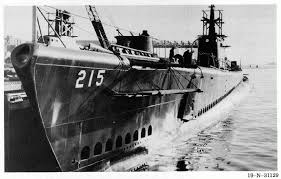Understanding NW vs SS: Key Differences and Implications

Introduction
The debate between NW (Northwest) and SS (Southside) is gaining traction in various competitive spheres, particularly in sports and strategy development. The importance of understanding these two approaches is paramount for players, coaches, and strategists who aim to optimize their performance. As the competitive landscape evolves, grasping the nuances of NW and SS can provide a significant advantage, making this analysis particularly timely and relevant.
Main Body
Defining NW and SS
NW, often characterized by its focus on aggressive, high-risk strategies, emphasizes quick, decisive movements and an offensive approach. This is particularly evident in team sports like basketball and soccer, where fast breaks and strong offensive plays dictate the pace of the game.
Conversely, SS represents a conservative, defensive playstyle that prioritizes control over the game, focusing on keeping the opponent at bay and capitalizing on their mistakes. This style is often seen in sports like American football, where a solid defense and strategic plays can turn the tide of a game.
Recent Trends
A recent study conducted by the Global Sports Analytics Institute shows that teams employing NW strategies have seen a significant rise in performance, particularly in high-stakes matches. These teams tend to outperform those relying solely on SS, especially in critical moments where fast decision-making is crucial.
However, the effectiveness of SS should not be underestimated. In heated debates among analysts, it has been noted that SS can lead to sustained success by minimizing risks and ensuring a more disciplined approach. For instance, in the recent World Cup qualifiers, teams that adapted a hybrid approach blending NW and SS managed to advance further.
Application Across Domains
The implications of NW vs SS extend beyond sports. In business and management strategies, the dichotomy mirrors risk-taking versus cautious growth, affecting market positioning and competitive advantages. Companies that embrace NW methods may innovate quickly but could face greater volatility, while SS-inclined organizations may build a solid foundation but could miss out on rapid growth opportunities.
Conclusion
As the debate continues, the significance of understanding NW vs SS cannot be overstated. Whether in sports, business, or strategic planning, recognizing the strengths and weaknesses of each approach can lead to more informed decisions. For players and managers alike, the ability to adapt and blend these strategies may very well determine future successes. Forecasts indicate a growing trend of hybrid strategies in both fields, suggesting that the future may lie in the balance between aggression and caution.









